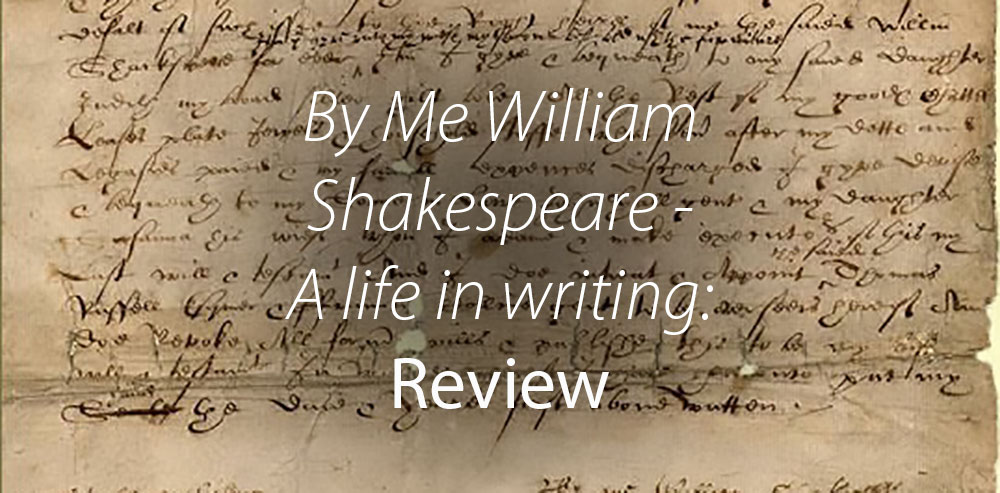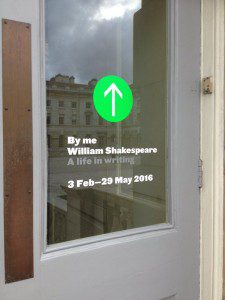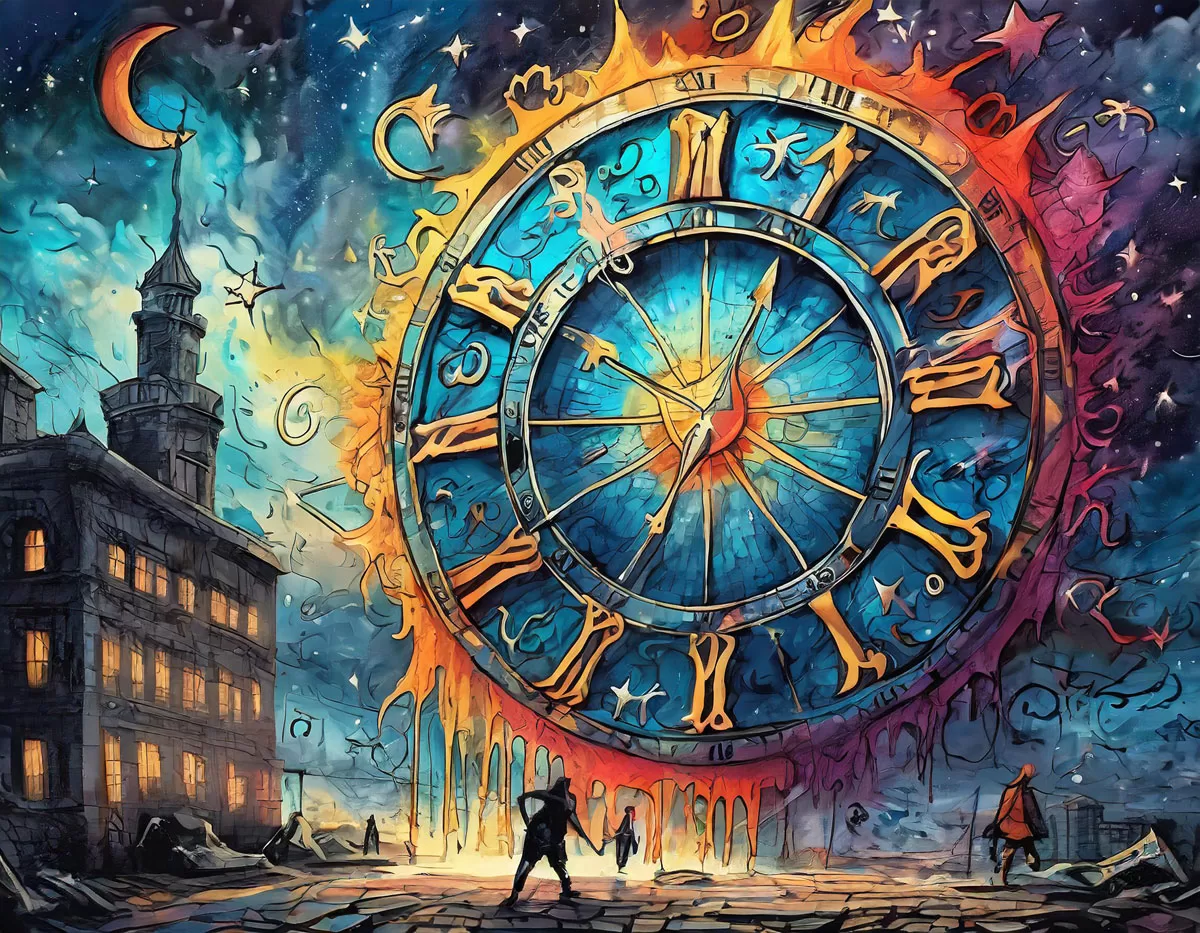As part of the Shakespeare400 celebartions King’s College are doing an exhibition that essentially follows Shakespeare’s “footprint” in terms of where we have clues of his existence throughout his life by looking at certain important and relevant documents. The main basis for the exhibition is Shakespeare’s three signatures on his will and one on his deposition in the Mountjoy v Bellot case (written about wonderfully in the book ‘The Lodger’ by Charles Nicholl). These are just 4 of the 6 known signatures by William Shakespeare.
I have to confess, I was initially concerned about visiting as I had already seen the will itself, as well as a lot of the other artefacts on show, from a previous exhibition in Clerkenwell but here the curation is top notch and King’s have done a superb job. If your’re new to Shakespeare it will fascinate you, if you’re not it will reveal new things to you, mapping a very interesting path for us to follow from the creation of the Globe through to the Bards death.
Room 1 ‘Breaking & Making’
This looks at the financial make up of the Globe, who were the shareholders and who were the players and what were the stakes involved. We also have a written complaint by Giles Allen who leased the land to the owners of the Theatre, Richard and Cuthbert Burbage. When Allen refused to renew their lease they dismantled the Theatre and took it across to bankside where the Globe was erected. Allen claims in his statement that the men were “armed” and we have the written statement their in front of us to examine. It is an incredibly interesting and long account of what had happened during this whole debacle.
Room 2 ‘Rebellion’
Here the focus is mainly on the 1601 uprising of the Earl of Essex when a performance of ‘Rihcrad II’ was commissioned to be performed by Shakespeare’s company, The Lord Chamberlain’s Men, who thought the play to actually be a tad out of date at the time. The Lord Chamberlain’s Men did however perform Richard II and Essex tried to use the play as propaganda to incite rebellion against Elizabeth I. He marched through London but eventually the crowds and the rebellion died down and he was captured, tried and executed in the Tower of London
There are fascinating extracts from the interrogations by the ‘Queen’s Advisors’ particularly of Augustine Phillips (one of The Lord Chamberlain’s Men) about Essex’ request to have this play performed. Phillips and perhaps even Shakespeare came very close to being wrapped up in this conspiracy but luckily got off! This is a powerful example of how potent theatre was at the time as well as Shakespeare’s work in particular, he continues to have deep political resonances even today.
On display in this room is also one of the only two copies of the 4th Quarto of ‘Richard II’ printed in 1608. This version is particularly important as it is the first time the play was printed with the deposition scene kept in. It had previously been omitted as it was seen as inflammatory and a lot of people at the time saw parallels with Richard/Elizabeth and Bolingbroke/Essex. (Augustine Phillips is believed to have played the role of Bolingbroke in the play itself).
Room 3 ‘Love & Death’
Examines when Shakespeare was lodging with the French Huguenot immigrants, the Mountjoys, and when he had to testify in the Stephen Bellott v Mary Mountjoy case about a promised dowry from Mr Mountjoy to Mr Bellott (his Son-in-Law). The maid servant Joan Johnson and Shakespeare seem to have both been present when the agreement was made and we see here the testimony of Shakespeare himself. It is the ONLY time we have words written from his own mouth (typed by a court clerk) that are his own words and not those of his characters. This is also the earliest of his 6 known signatures.
Room 4 ‘Court & Cloth’
Now we are given an account of James I Royal procession into London from Scotland and the red cloth given out to his “entourage” that would have included Shakespeare and his company, the newly renamed ‘King’s Men’. We are shown documentary evidence from ‘The Master of the Revels’ book which outlines who was to receive the red cloth for the procession. We can see clearly under ‘Players’ that Shakespeare’s name is at the top of this list along with that of his friend and the leading actor of the day Richard Burbage.
I shall say no more about the display as I believe it should been seen for itself. There are other interesting artefacts to be perused as well as thorough explanations of the will and how it was divided and a digital video at the end that are all very informative.
This is well worth a look and although it is just 4 rooms and some people may think that is sparse, the way it tells you Shakespeare’s story is thoughtful and interesting. Whether this is your first time looking into these areas or whether this is old hat.
You can view the exhibition at Inigo Rooms, Somerset House
Curated by King’s College London
Header image by William Shakespeare and unknown scribe – Unknown, Public Domain, https://commons.wikimedia.org/w/index.php?curid=1382708








